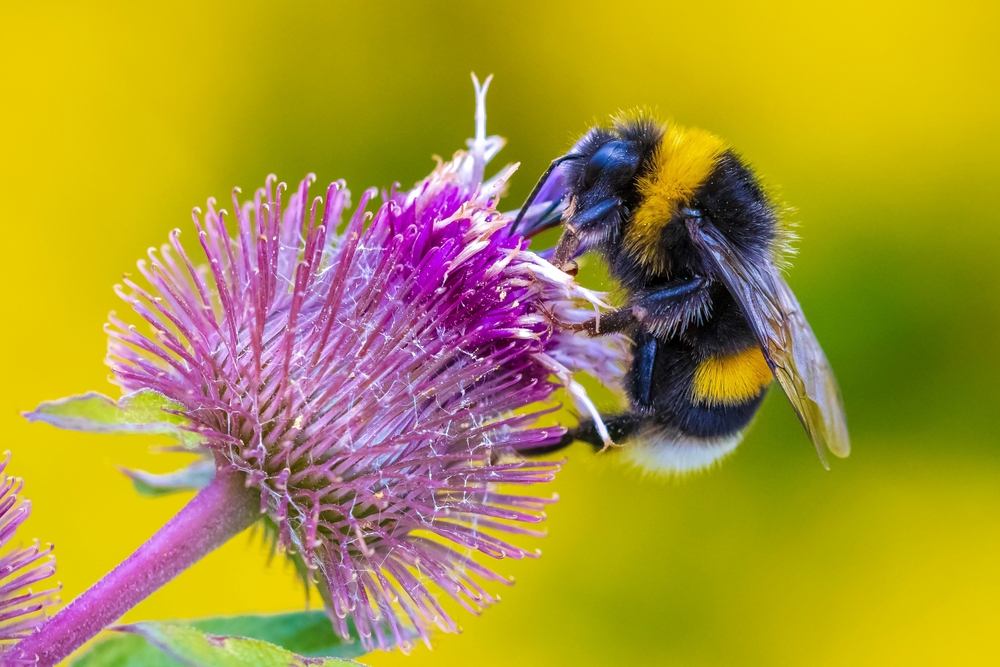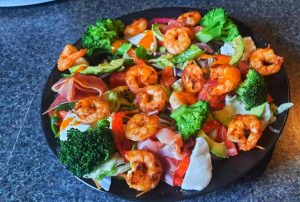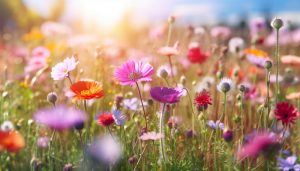Brits are being told of the different wildlife to lookout for around the UK as spring approaches.
Outdoor experts at Pergolux UK have shared exciting wildlife sightings that can be made from January through to spring time.
The UK is home to some amazing wildlife with a variety of animals to see during the winter months and beyond as spring approaches.
And with warmer and brighter days ahead, the end of winter can also bring with it the flowering of early spring flowers.
Spotting wildlife can be a great way to reconnect with nature, destress and learn more about the outdoors.
From an abundance of woodland birds, to the beloved native red squirrel, there are plenty of species to keep an eye out for.
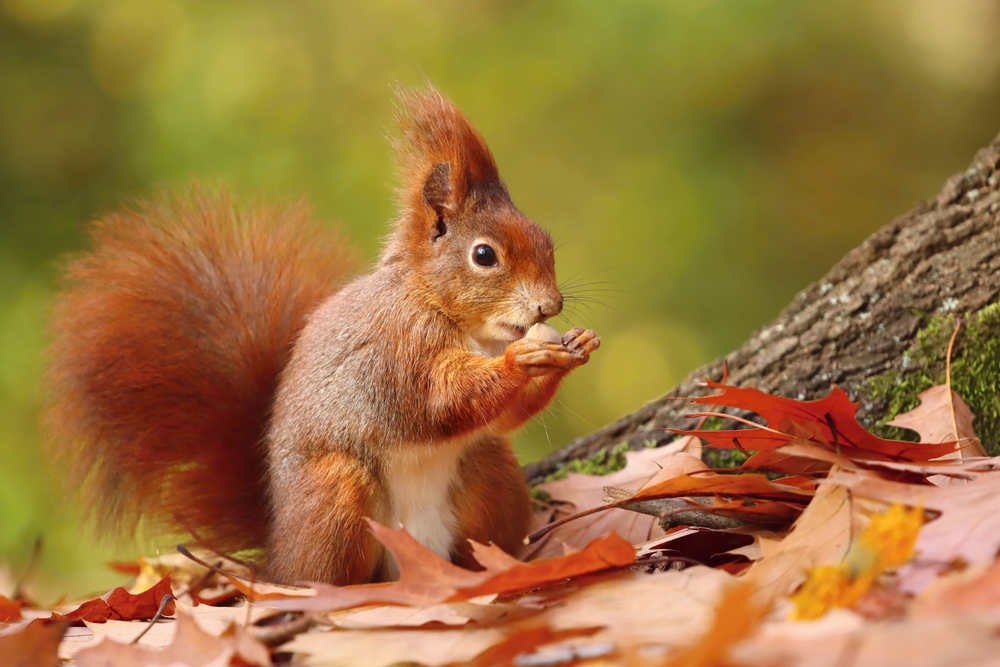
Sam Stevens from Pergolux UK said: “The early months of the year can be a great time for wildlife spotting around the UK.
“The lack of leaves on trees makes spotting woodland birds much easier, and there are plenty of species to lookout for such as treecreepers, woodpeckers, and redwings.
“A lot of people have probably had New Year’s resolutions to spend more time outdoors, so why not take advantage of the crisp, winter days with blue skies and get outside and look out for the different wildlife that Britain has to offer.
“Whether you decide to embark on a beautiful winter walk, opt to spot wildlife from the comfort of your conservatory, or even get out into your garden relaxed under your pergola, there should be plenty of interesting and amazing wildlife for you to see.”
UK Wildlife to lookout for as spring comes around:
Woodland birds
Winter is a great time for spotting the many different species of woodland birds with the lack of leaves making them easier to see. Among the birds to look out for in January are Treecreepers, a very active bird that can be spotted scuttling up trees looking for food.
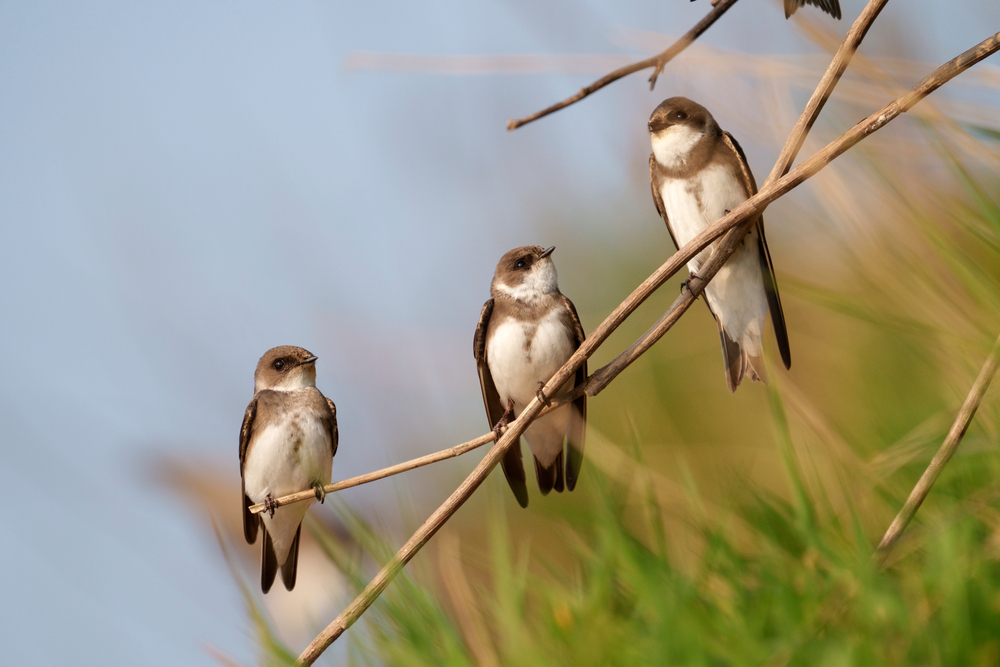
Another popular woodland bird to keep an eye out for is the Great Spotted Woodpecker. Listen out for their distinctive sound as they drum away on hard, dead trees, as a way of communicating with others and marking their territory.
A winter visitor to the UK, Redwings make an appearance in winter time and are the UK’s smallest true thrush. They can be found roaming across the countryside and hedgerows, and very rarely visit gardens unless there’s any snow covering in fields. Keep an eye out for appearances in the garden during the next snowfall.
Red squirrels
The number of these beloved mammals is unfortunately dwindling – less than 150,000 across Britain – but January can be a good time to try and spot the UK’s native squirrels chasing each other through trees. The majority of their population can be found in Scotland, but there are sporadic populations in parts of England and Wales as well. *
By-the-wind-sailors
If you live by the sea and take a stroll along the coast, then take a look out for these mysterious creatures on the shore. Although not true jellyfish, these blue-coloured jellyfish-like creatures rely on ocean currents to sail them around the world. This results in them commonly being found on British shores in winter months when storms are most common.
Grey Herons
As February comes around, grey herons will start to head to communal nesting sites, known as heronries. They will lay their eggs here, which will then start to hatch around March and April time. You might also be able to catch a glimpse of herons around the UK at freshwater bodies, such as lakes, rivers, canals, and ponds.
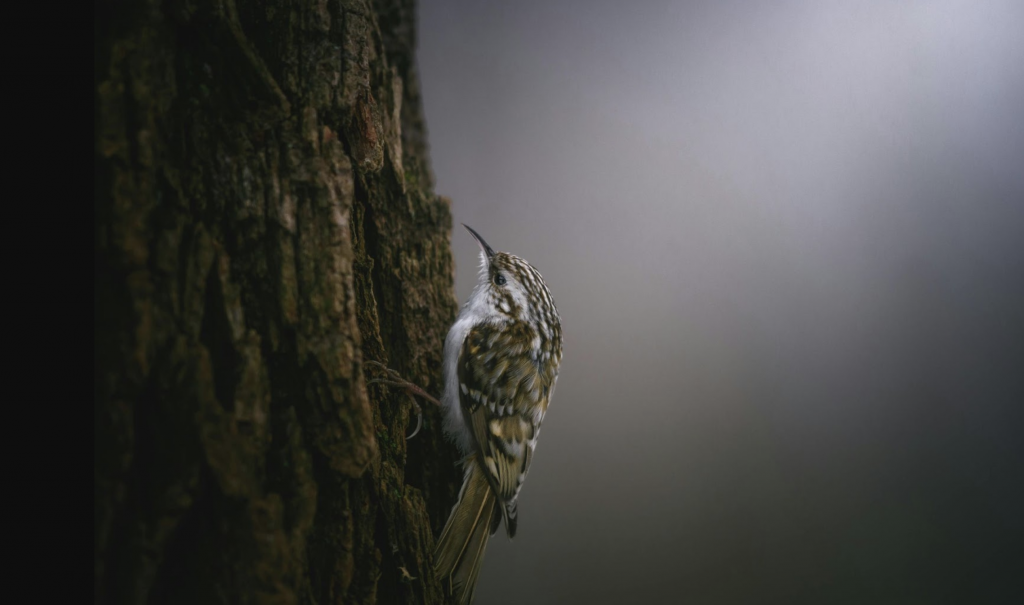
Bumblebees
As it gets towards the end of February, there might be one or two abnormally warm days. On these days, keep an eye out for any bees that may have been tempted out of hibernation to enjoy a sunny day.
Sand martins
You’ll be able to spot Sand martins in the skies again from March time. These common summer visitors to the UK nest in colonies on rivers, lakes and flooded gravel pits, before returning to Africa when winter comes back around.
Butterflies
Another insect that you might be able to see on warmer days in February and early spring are butterflies. During winter, butterflies remain in a dormant state but as the days get warmer they wake up and become active again. Keep a lookout for the beautiful different species once the weather starts to turn.

